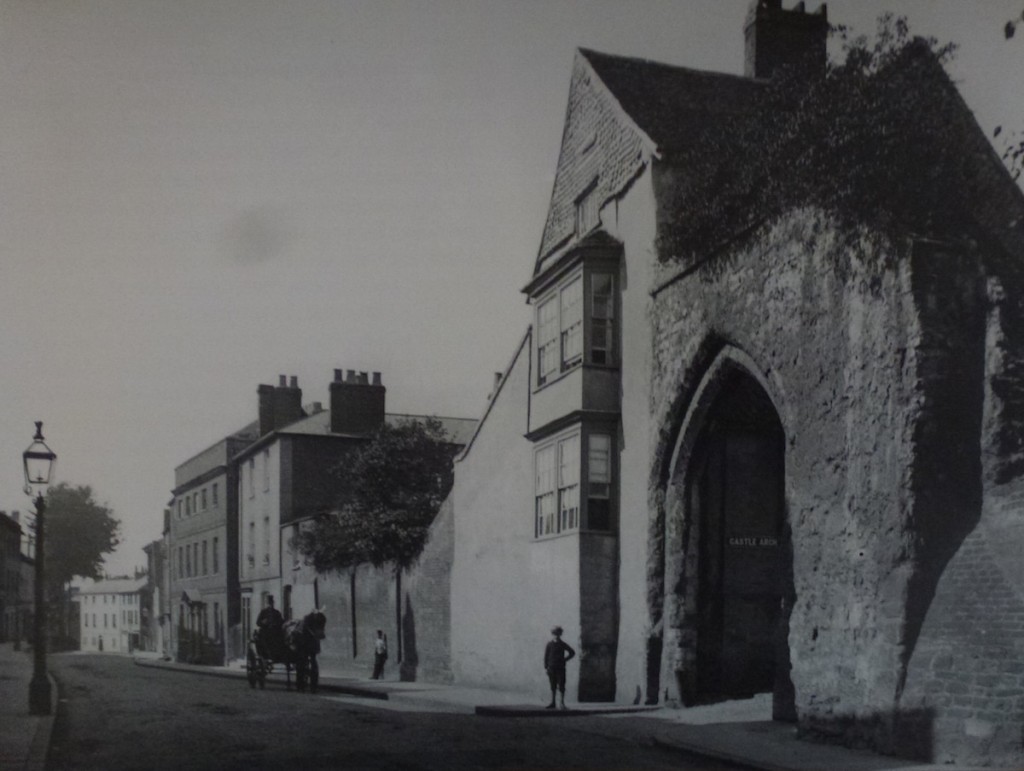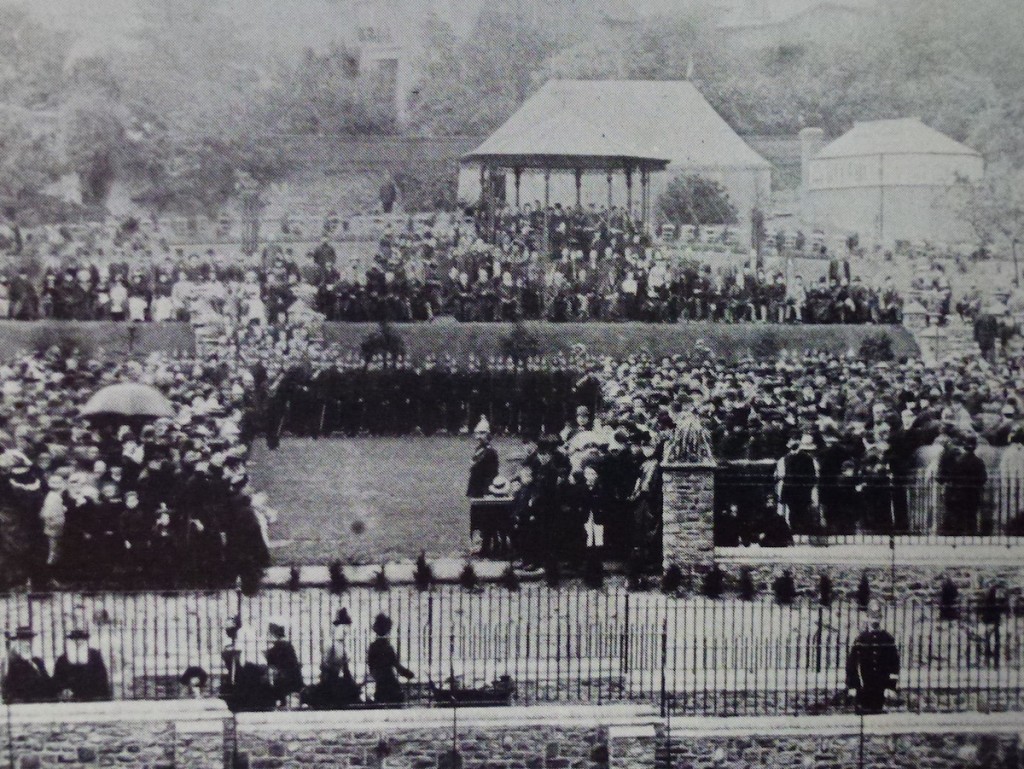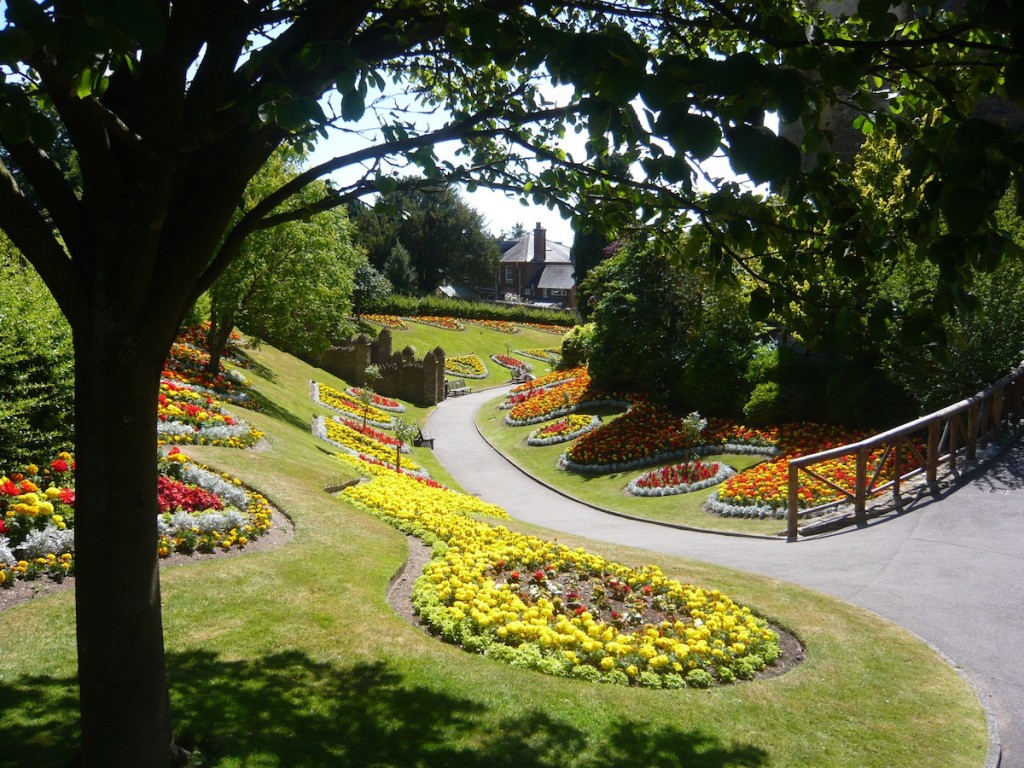 Abraham Lincoln
If given the truth, the people can be depended upon to meet any national crisis...
Abraham Lincoln
If given the truth, the people can be depended upon to meet any national crisis...
 Guildford news...
for Guildford people, brought to you by Guildford reporters - Guildford's own news service
Guildford news...
for Guildford people, brought to you by Guildford reporters - Guildford's own news service
The Dragon Says: Let’s Create A Museum That Future Generations Will Appreciate
Published on: 13 Aug, 2015
Updated on: 19 Aug, 2015
 In the debate over the sad state of affairs at Guildford Museum everyone seems to agree on one thing: the museum, as it stands, is failing.
In the debate over the sad state of affairs at Guildford Museum everyone seems to agree on one thing: the museum, as it stands, is failing.
Annual attendance numbers, it has been reported, have fallen from over 40,000, when Matthew Alexander was the curator, to just 10,000.
How can this be? The subject matter, the history of Guildford and Surrey, is the same, the building is the same, Castle Arch House with the temporary gallery built in 1911 blistered on the side.
Have tastes or our culture changed? Well yes, partly. So much information is now available online, just a click away from you as you read this, actually, that perhaps our thirst for knowledge as presented in museums has waned?
But other museums are doing well. The British Museum remains the country’s top attraction. Last year there were more than 6.5 million visitors. There is still something fascinating, connecting, magical even about seeing, touching if possible, an historical artefact.
 In the British Museum it could be Captain Scott of the Antarctic’s diary, in which he wrote his last words, as he faced death in that terrible environment, “For God’s sake look after our people”, or here in the Guildford Museum it could be the Saxon glass beaker, an object that directly connects us with the very roots of Guildford as a town.
In the British Museum it could be Captain Scott of the Antarctic’s diary, in which he wrote his last words, as he faced death in that terrible environment, “For God’s sake look after our people”, or here in the Guildford Museum it could be the Saxon glass beaker, an object that directly connects us with the very roots of Guildford as a town.
Our interest in history is not just academic. It is only by understanding our past that we have any chance of understanding our present and of planning a better future.
And visitor numbers to museums overall are increasing but only in about half of the UK’s museums. 35% have reported falling attendance. Sadly, it seems, Guildford Museum is in that group.
So how has this all happened? Why is it, for instance, that our museum, in a town with a long and rich history, is ailing while just a few miles away in Woking, a town whose history is mostly only as old as the canals and railways, the Lightbox is thriving and winning awards?
Is it, as some have suggested, the lack of a proper curator? Certainly there seems to be a connection between the departure of Matthew Alexander and the subsequent falling attendance.
Or are the constraints that the existing venue places on the exhibitions and displays too restrictive? Castle Arch was built into some of the ruined walls of the medieval palace to be a house, not a museum. Without major changes it is impossible to use the latest devices and technology to present artefacts to modern standards, let alone arrange for proper disabled access.
There is certainly a critical lack of space. Too many interesting historical objects in the collection are simply stored and never, or rarely, see the light of day.
Of course, there was a plan to address all this; a plan that was part of the two ill-fated Heritage Lottery Fund bids. The reasons for the failure of those are still unclear but the plan to modernise and expand the museum to include a cafe and crucially to link the museum with the Castle Grounds and the castle itself, one of Guildford’s most historic structures, appealed to many.
But the bids did fail and now the fate of the museum is left to the council. Let us be clear, it is its responsibility. It has been responsible for the museum and its management since 1937. If things have being going wrong they have been going wrong while it has been in charge.
This begs certain questions: Why has nothing been done before to address the falling attendance figures? Why wasn’t another proper curator employed when Matthew Alexander retired? Why was there no contingency plan if the bids failed? Why wasn’t SAS asked to pay a more realistic rent before?
Cllr Davis may have been given the task to “sort out” the museum, but the museum situation is a problem of the council’s own making. And there is nothing clever about kicking out sitting tenants with whom you claim to be collaborating; and there would be nothing clever about flogging off Castle Arch, an historic building in its own right, to the highest bidder to make the council a few quid, unless it already has a plan.
But if there is a plan what is it and why bother to announce that a working group is now to be formed to review the options? Surely, as many readers have commented, this should have been done first and, surely, the SAS, a collaboration partner, should form part of that group.
If the group concluded that after more than 100 years the society’s tenure should be terminated that might be accepted as a sad inevitability but for the council to shoddily eject a respected society as if it was a problem tenant, ahead of a review, this displayed exactly the wrong kind of instincts, despite the increasing budgetary pressures the council undoubtedly faces.
Let us hope that the working group being set up to consider the museum’s future will not be cosmetic. Already there are reports that councillors from across the political spectrum will be involved – as, of course, they should be and others too.
Let us hope that they come up with a plan that we can all rally around, even if some compromises are necessary.
And let us hope that if they need any inspiration they will step the few yards up from Castle Arch and go through the gate on the left into the Castle Grounds wonderfully maintained by the council, it must be said. This amenity, which we all treasure today, only exists because of the vision of that key figure in Guildford’s history, Henry Peak, the first borough surveyor for our town.
The castle and the ruined palace were, when an ambitious Henry arrived in Guildford, what we would now describe as a brownfield site. The plundered castle ruins were a scene of dereliction having decayed from the reign of Richard II onwards, when the royal palace fell out of fashion.
But Peak could see what the ruins could become and in those, perhaps simpler, times when the council were less fettered by bureaucracy and central government interference, he was able to make his vision a reality.
The Dragon says that we have already found a vision for our failing museum, the vision that was contained in the Heritage Lottery Fund bids, one that would link a new revitalised museum to the castle to create a real attraction, one of which Henry Peak would approve and, more importantly, one which future generations might appreciate as much as we, today, appreciate the castle grounds.
Responses to The Dragon Says: Let’s Create A Museum That Future Generations Will Appreciate
Leave a Comment Cancel reply
Please see our comments policy. All comments are moderated and may take time to appear. Full names, or at least initial and surname, must be given.
Click on cartoon for Dragon story: Public Asked for Views on SCC’s Proposal for Reduced Speed Limits






Recent Articles
- A Hidden Gem in the Hills: Michelin-Backed William IV Pub Brings Refined Dining to Albury
- Letter: Help Reduce Speeding By Joining a Community Speedwatch Team
- Hospital Apologises ‘Unreservedly’ After Death Of Disabled Girl
- Birdwatcher’s Diary No.328
- SCC Intends to Back Public Survey Result and Shorten Summer School Holidays
- A281 Expected to Remain Closed Until Repairs to Damaged Cottage Are Completed
- Surrey Heath Selling Assets to Maintain Essential Services
- Community Councils Proposed to Maintain Local Representation
- Highways Bulletin – A320 Weekend Closures
- Updated: Can You Help Find Missing Nigel?


Recent Comments
- Jim Allen on Community Councils Proposed to Maintain Local Representation
- Jeremy Holt on Community Councils Proposed to Maintain Local Representation
- Lisa Land on Birdwatcher’s Diary No.328
- Jules Cranwell on Community Councils Proposed to Maintain Local Representation
- Sara Tokunaga on Public Asked for Views on SCC’s Proposal for Reduced Speed Limits
- David Roberts on Community Councils Proposed to Maintain Local Representation
Search in Site
Media Gallery
Dragon Interview: Local Artist Leaves Her Mark At One of England’s Most Historic Buildings
January 21, 2023 / No Comment / Read MoreDragon Interview: Lib Dem Planning Chair: ‘Current Policy Doesn’t Work for Local People’
January 19, 2023 / No Comment / Read MoreA3 Tunnel in Guildford ‘Necessary’ for New Homes, Says Guildford’s MP
January 10, 2023 / No Comment / Read More‘Madness’ for London Road Scheme to Go Ahead Against ‘Huge Opposition’, Says SCC Leader
January 6, 2023 / No Comment / Read MoreCouncillor’s Son Starts Campaign for More Consultation on North Street Plan
December 30, 2022 / No Comment / Read MoreCounty Council Climbs Down Over London Road Works – Further ‘Engagement’ Period Announced
December 14, 2022 / No Comment / Read MoreDragon Interview: GBC Reaction to the Government’s Expected Decision to Relax Housing Targets
December 7, 2022 / No Comment / Read MoreHow Can Our Town Centre Businesses Recover? Watch the Shop Front Debate
May 18, 2020 / No Comment / Read More










George Dokimakis
August 14, 2015 at 8:20 am
Excellent article. Let us hope Guildford Borough Council listens.
Pat Ashworth
August 14, 2015 at 6:54 pm
And let us hope the Surrey Archaeological Society also listens.
Mary Alexander
August 15, 2015 at 3:59 pm
A very good article.
The lack of a proper curator is part of a modern trend in every field to appoint ‘managers’ to manage a bureaucracy that they themselves create. Staff are not trusted to use their own initiative and have to be told what to do and to prove that they are doing it, instead of getting on with the job.
GBC has consistently failed to invest in the Museum. New displays cost money, and although when I was there we added objects, changed individual cases, and renewed labels, the overall impression is one of little change. One good innovation by the current Manager was temporary exhibitions in the main gallery, but at the cost of removing medieval displays which gave a history of the town.
The link with the castle is not new. It was thought of about 20 years ago, along with restoration of the keep, but in those days English Heritage would not allow the work on the keep.
A fairly simple link with the castle grounds could still be carried out if GBC had the will. This would greatly increase visitors.